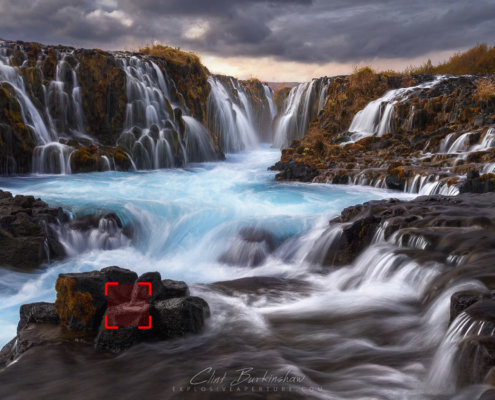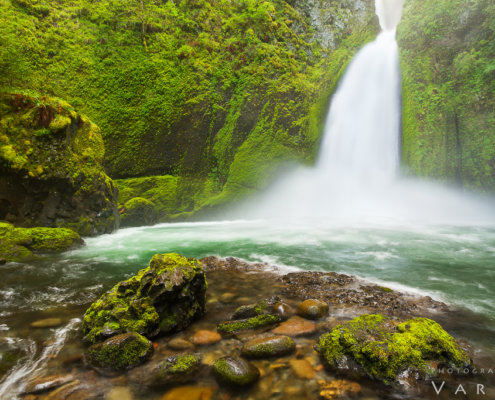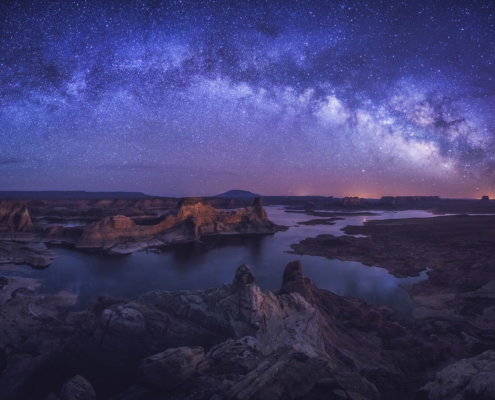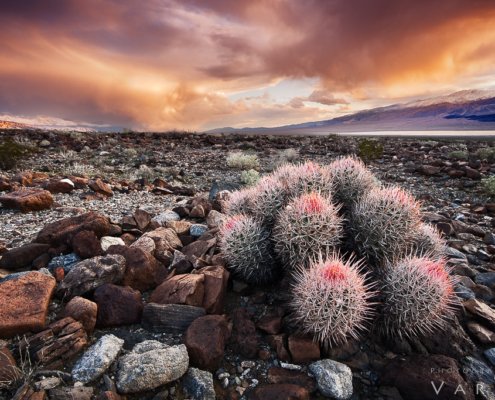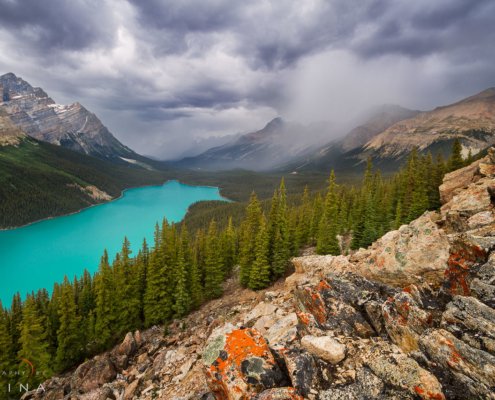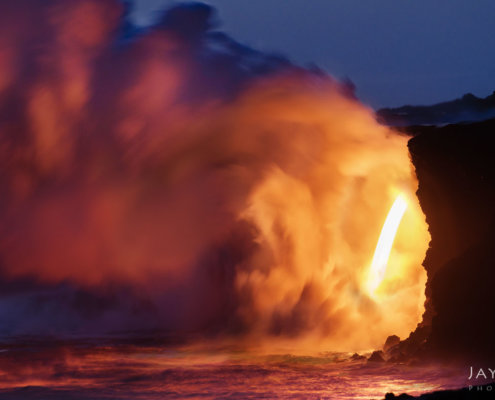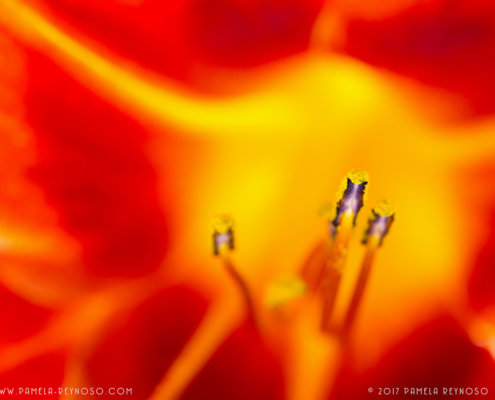Mastering Focus: A Comprehensive Guide for Nature photography
Photography, at its core, is about focus—both figuratively and literally. Every image begins with the photographer’s choice of focus settings, combined with thoughtful composition and ideal exposure. Equally important is deciding which parts of the image to leave intentionally blurred. While the concept may seem simple, focus is a topic that can spark endless discussions among photographers, from beginners to experts. For those venturing into nature photography, mastering focus techniques is a fundamental step toward capturing truly stunning, sharp images.
In nature photography, focus can make or break an image. Capturing intricate details, such as the texture of moss on rocks or the delicate veins of a flower petal, requires precise focusing techniques. Equally, achieving sharpness in wide-angle shots, where both the foreground and background need to be in focus, demands a solid understanding of depth of field and focus modes.
Basics of Camera Focusing Settings
There are three primary methods to focus your camera, each offering distinct advantages depending on the scenario:
- Shutter Button Half-Press: This is a popular choice among beginners. Pressing the shutter button halfway locks the focus before the shot is taken.
- Back Button Focusing: A more advanced method, back button focusing uses a dedicated button—like the AF-ON button—on the back of the camera to lock focus. This technique separates focusing from the shutter release, giving greater control over sharpness.
- Manual Focus: The most precise method, manual focusing involves rotating the focusing ring on the lens to achieve pinpoint sharpness. It’s ideal for static subjects, especially in low-light conditions or for fine-tuning depth of field.
Common Focus Modes in Camera Systems
Modern cameras offer various focus modes designed to adapt to different photography needs:
- Single-Shot Focus (AF-S or One-Shot AF): This mode locks focus when you press the focus button, perfect for stationary subjects like mountain landscapes or still water reflections.
- Continuous Focus (AF-C or AI Servo): This mode continuously adjusts focus as the subject moves through the frame, making it ideal for wildlife photography, such as tracking birds in flight.
- Automatic Autofocus (AI Focus AF or AF-A): This hybrid mode switches between single-shot and continuous focus automatically, depending on the movement of the subject, offering flexibility for unpredictable scenarios.
Advanced Techniques to Achieve Sharp Focus
Mastering focus requires going beyond basic modes. To capture sharp landscape photos consistently, explore these techniques:
- Hyperfocal Distance: Understanding and applying hyperfocal distance helps ensure maximum sharpness from the foreground to the background.
- Focus Stacking: Combine multiple images focused on different points in the scene for an extended depth of field, ideal for macro and landscape photography.
- Timed Delay and Mirror Lockup: These are essential for eliminating vibrations caused by pressing the shutter button or mirror movement in DSLRs, ensuring tack-sharp images.
- Depth of Field Management: Choosing the right aperture to balance sharpness across the frame while achieving the desired artistic effect is crucial.
If you’re looking to elevate your skills and capture consistently sharp photos, our Nature Photography Focusing Tutorials are designed to help you master the art of focusing. These comprehensive tutoials dives into essential techniques like hyperfocal distance, depth of field optimization, and selecting the best camera settings for landscape photography. Whether you’re struggling with capturing sharp landscape photos, managing motion blur in wildlife photography, or focusing in low light, these tutorial provides actionable steps and expert tips to refine your workflow. Perfect for photographers at any level, it’s your ultimate resource to ensure every shot is crisp, clear, and breathtaking.
Explore Focus Articles
To help photographers refine their craft, the Visual Wilderness team has curated a comprehensive collection of articles on achieving perfect focus settings for nature and landscape photography. Whether you’re a beginner or an experienced photographer, these articles provide actionable insights to ensure your images are crisp and captivating.
